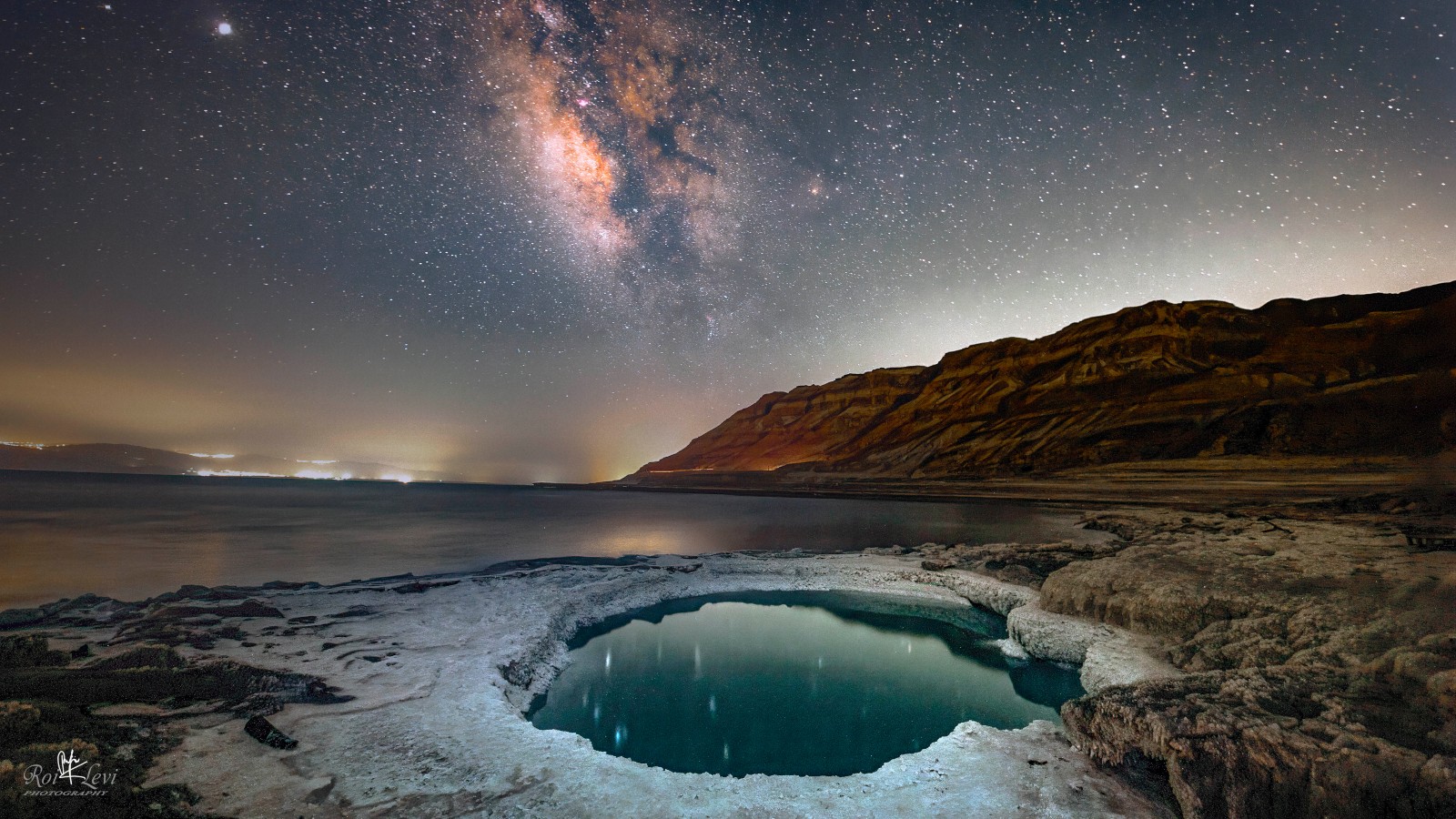Roi Levi was always fascinated with astronomy and photography. About seven years ago, he realized technology had advanced to the point where he could put these two passions together.
Now 38, Levi is one of just a handful of professional astrophotographers in the world. He’s in great demand to teach others his self-taught craft.
ISRAEL21c found him in Texas, where he’s giving monthly Deep Space Photography Workshops through September at the Austin Astronomical Society and leading summer night photography workshops in Utah’s Moab Valley.
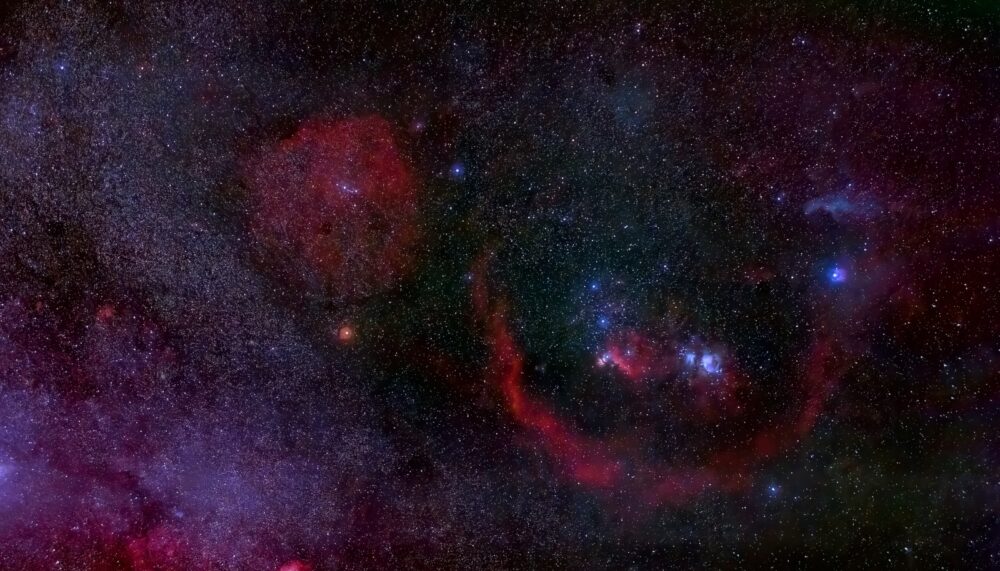
“The sky is full of faint objects — nebulae, galaxies and star clusters,” he explains. “Sometimes astrophotographers find new nebula and if they are unlisted, these new nebulae are named for the photographer.”
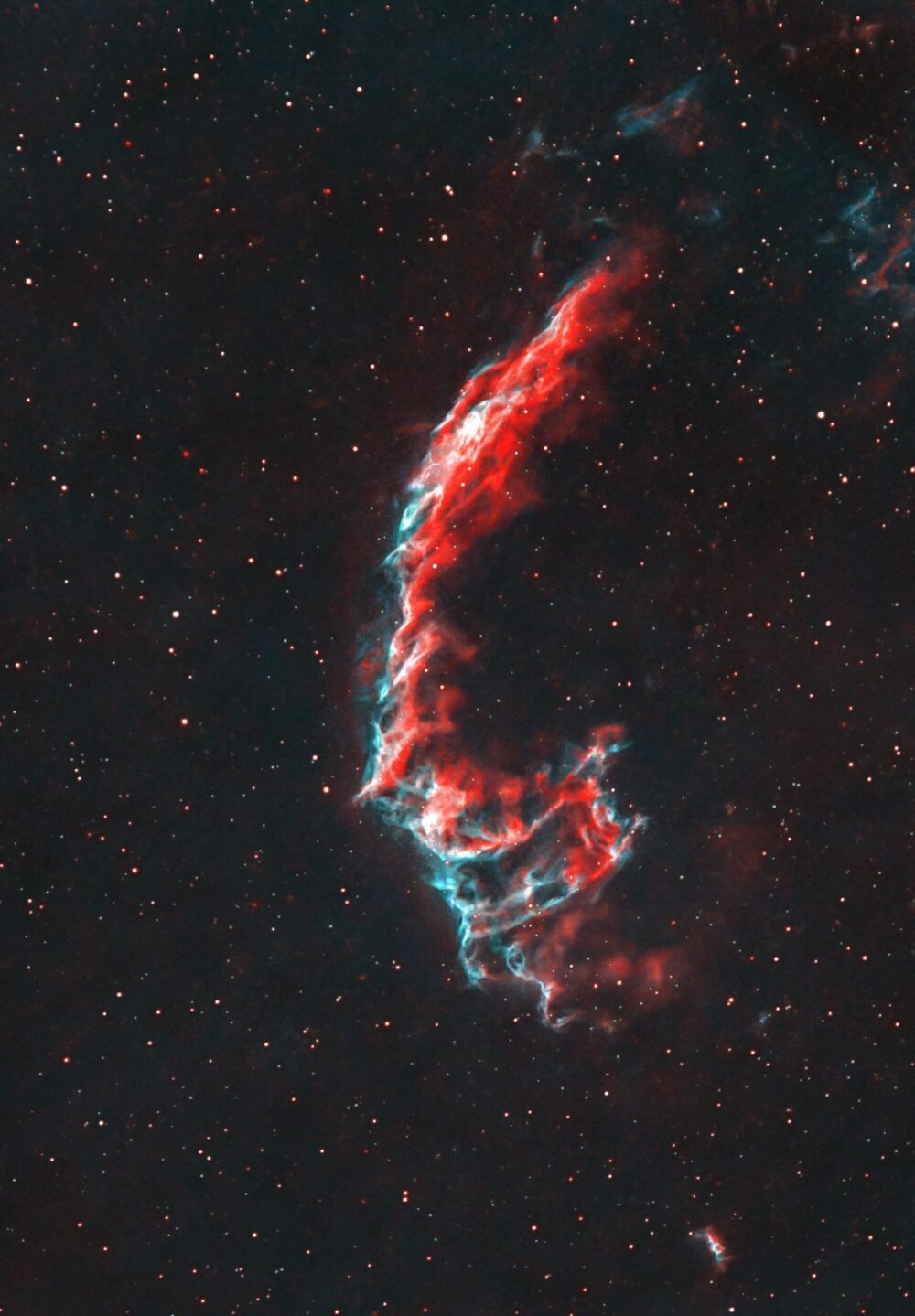
Much as he’d love to discover a new nebula, Levi’sbigger goal is to illuminate all the amazing deep space objects hiding behind light pollution.
“I want to show people how fascinating, big and colorful the universe is. It’s not just black or blue skies out there,” he tells ISRAEL21c.
Epic landscapes
Levi’s specialty is the relatively new discipline of landscape astrophotography, a sophisticated technique that shows deep space objects juxtaposed with images from Earth.
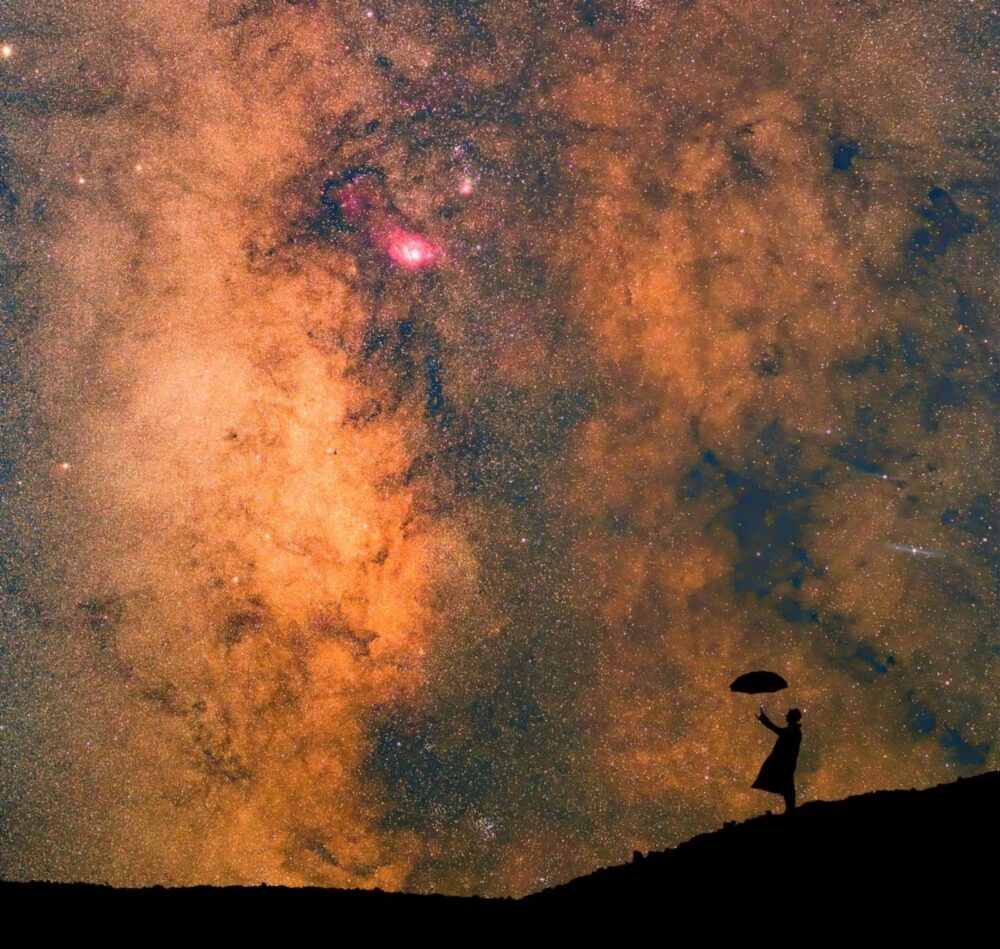
“People used to shoot deep sky objects only in the skies, but now that technology got better people started to shoot our own galaxy and other deep space objects combined with interesting landscapes in the foreground. Landscape astrophotography is what I’m teaching today,” he says.
“I like to go to epic foregrounds like sinkholes in the Dead Sea and combine that with [an image of] the galaxy.”

NASA recently published Levi’s “Milky Way Sinkhole,” which won a bronze award in the landscape category of the 2020 Tokyo International Foto Awards.
NASA also published a photo Levi edited using images from the Hubble Space Telescope of a cluster of five galaxies that are likely to merge into one.
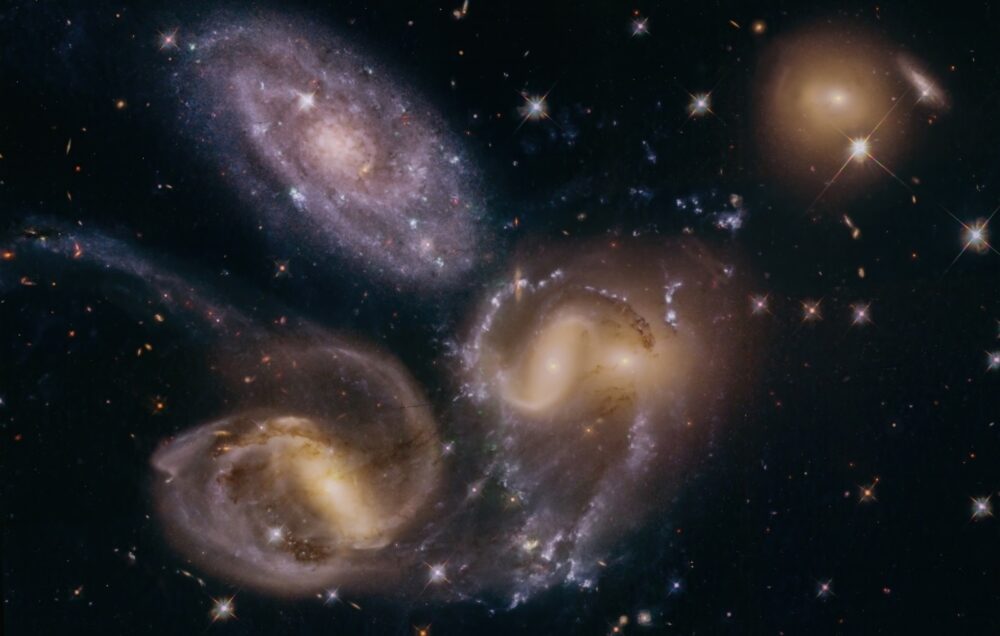
Levi’s photos also have appeared in National Geographic, DIY Photography and Photopills.
During his time in the United States, he has photographed against the backdrop of Goblin Valley State Park in Utah, which he says is “the darkest place in the world,” and plans to go to Yellowstone National Park where the geysers are sure to provide a really cool foreground for landscape astrophotography.
In September, he’ll head to Scandinavia to guide an astrophotography tour of the aurora borealis.

A high learning curve
Levi says it took him five years of intense study, trial and error to hone his astrophotography skills. Meanwhile, he was working as a photographer and videographer for Israeli municipalities.
“Since corona, I shifted full time to what I love best, and it became a big success. Lots of people want to learn from me,” he says.

Levi has invested upward of $60,000 in equipment. He uses a Canon 6D and Chinese-made ZWO astronomy cameras plus a range of special filters. Editing software such as PixInsight allows him to enhance, align, calibrate and stack the images.

He built a dome on the roof of his home in Ashdod from which he shoots pictures using filters that block out the light pollution.
Like other sky gazers in Israel, he also spends a lot of time at Mitzpeh Ramon, a city in the Negev known for unusually clear skies.
“My future plan is to find an investor to help me build a social network for astrophotography to create one big image of the whole universe around us in amazing quality so that all astrophotographers around the world can work together and build a mosaic of the universe,” Levi tells ISRAEL21c.

You can see more of his work here on Instagram.
